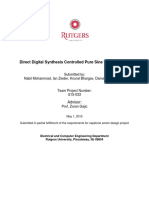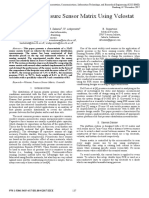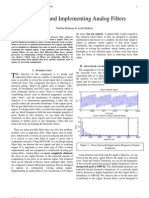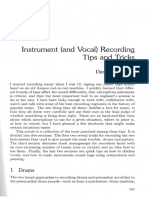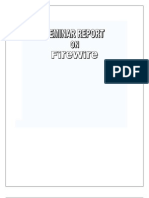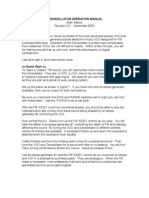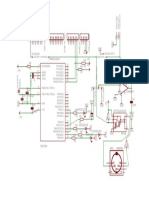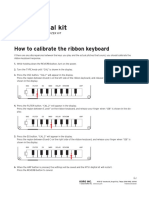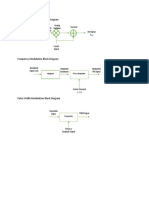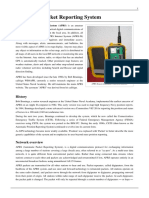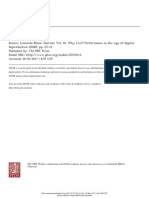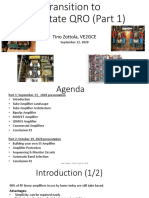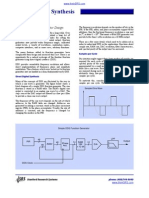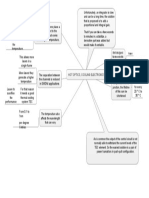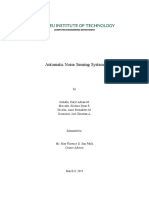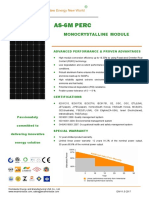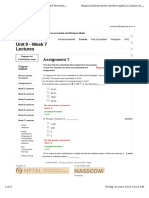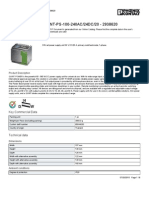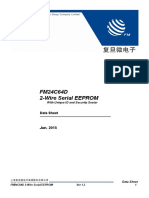0% found this document useful (0 votes)
353 views50 pagesDirect Digital Synthesis
The document provides an introduction to direct digital synthesis (DDS), which is a digital technique for generating a sine wave from a fixed-frequency clock source. It discusses the fundamental DDS architecture including basic building blocks like the accumulator, phase-to-amplitude converter, and DAC. It also covers spectral characteristics of DDS such as replicated spectra from the sampled nature of the output and attenuation due to the zero-order-hold of the DAC.
Uploaded by
iakram769809Copyright
© Attribution Non-Commercial (BY-NC)
We take content rights seriously. If you suspect this is your content, claim it here.
Available Formats
Download as PDF, TXT or read online on Scribd
0% found this document useful (0 votes)
353 views50 pagesDirect Digital Synthesis
The document provides an introduction to direct digital synthesis (DDS), which is a digital technique for generating a sine wave from a fixed-frequency clock source. It discusses the fundamental DDS architecture including basic building blocks like the accumulator, phase-to-amplitude converter, and DAC. It also covers spectral characteristics of DDS such as replicated spectra from the sampled nature of the output and attenuation due to the zero-order-hold of the DAC.
Uploaded by
iakram769809Copyright
© Attribution Non-Commercial (BY-NC)
We take content rights seriously. If you suspect this is your content, claim it here.
Available Formats
Download as PDF, TXT or read online on Scribd
/ 50


